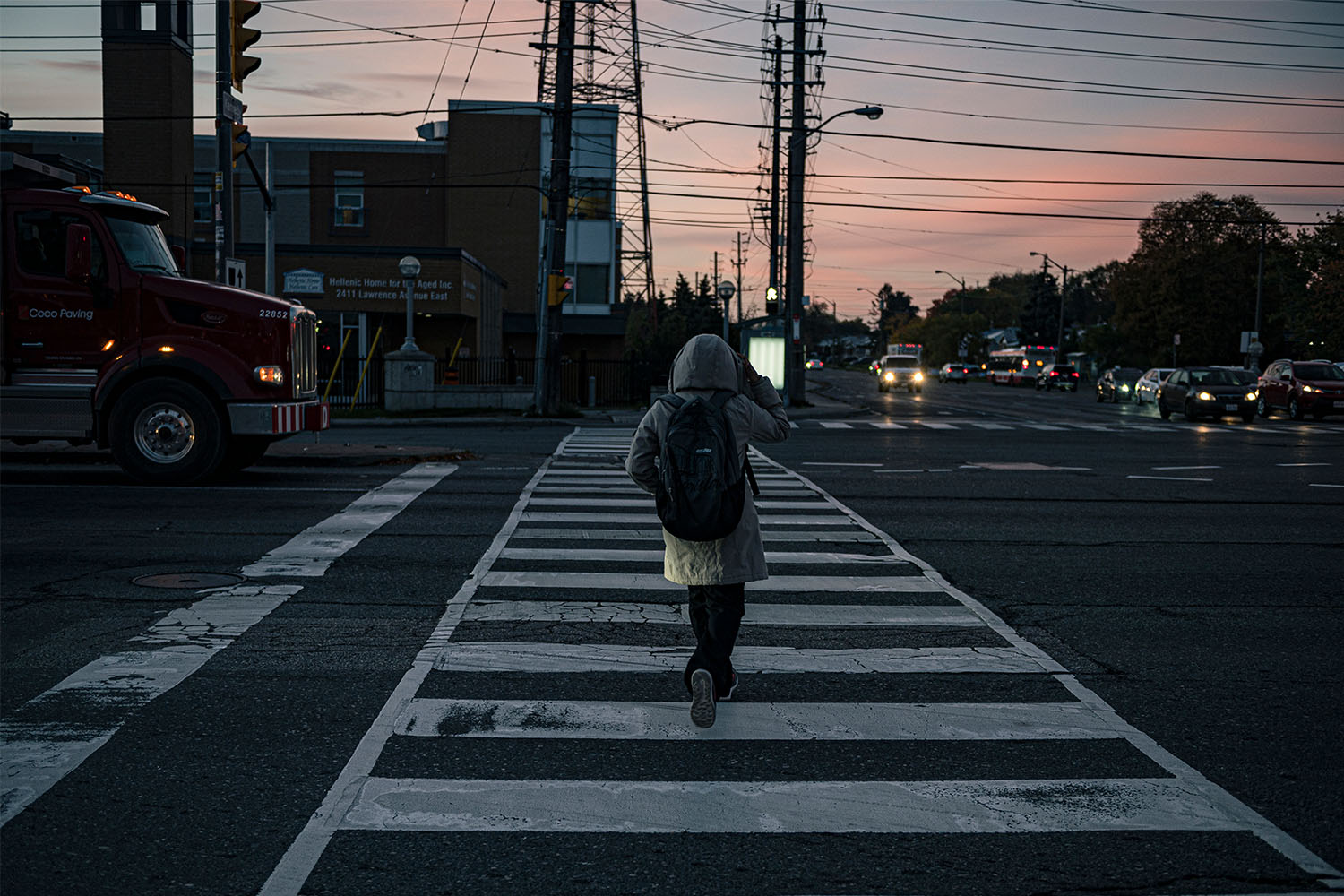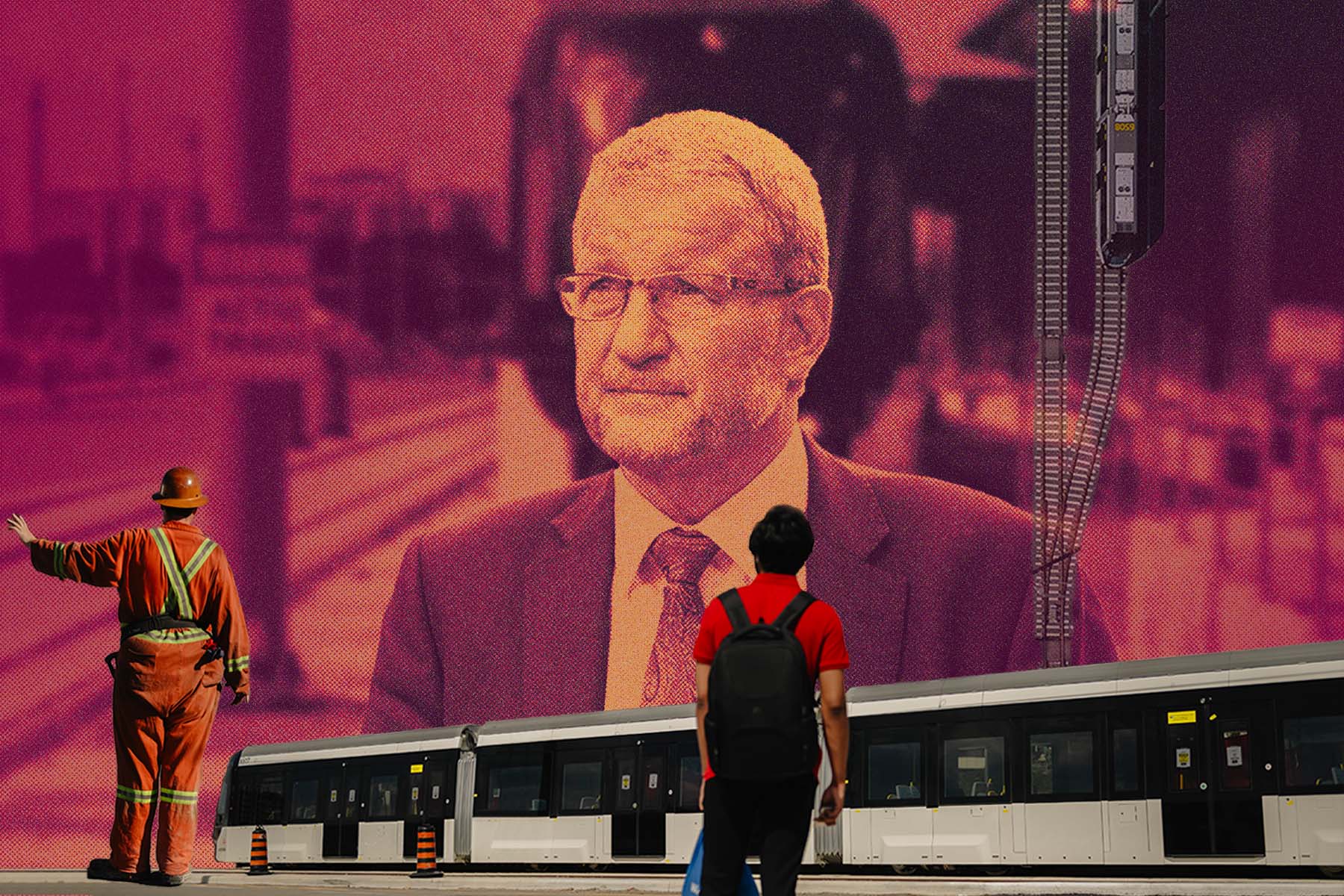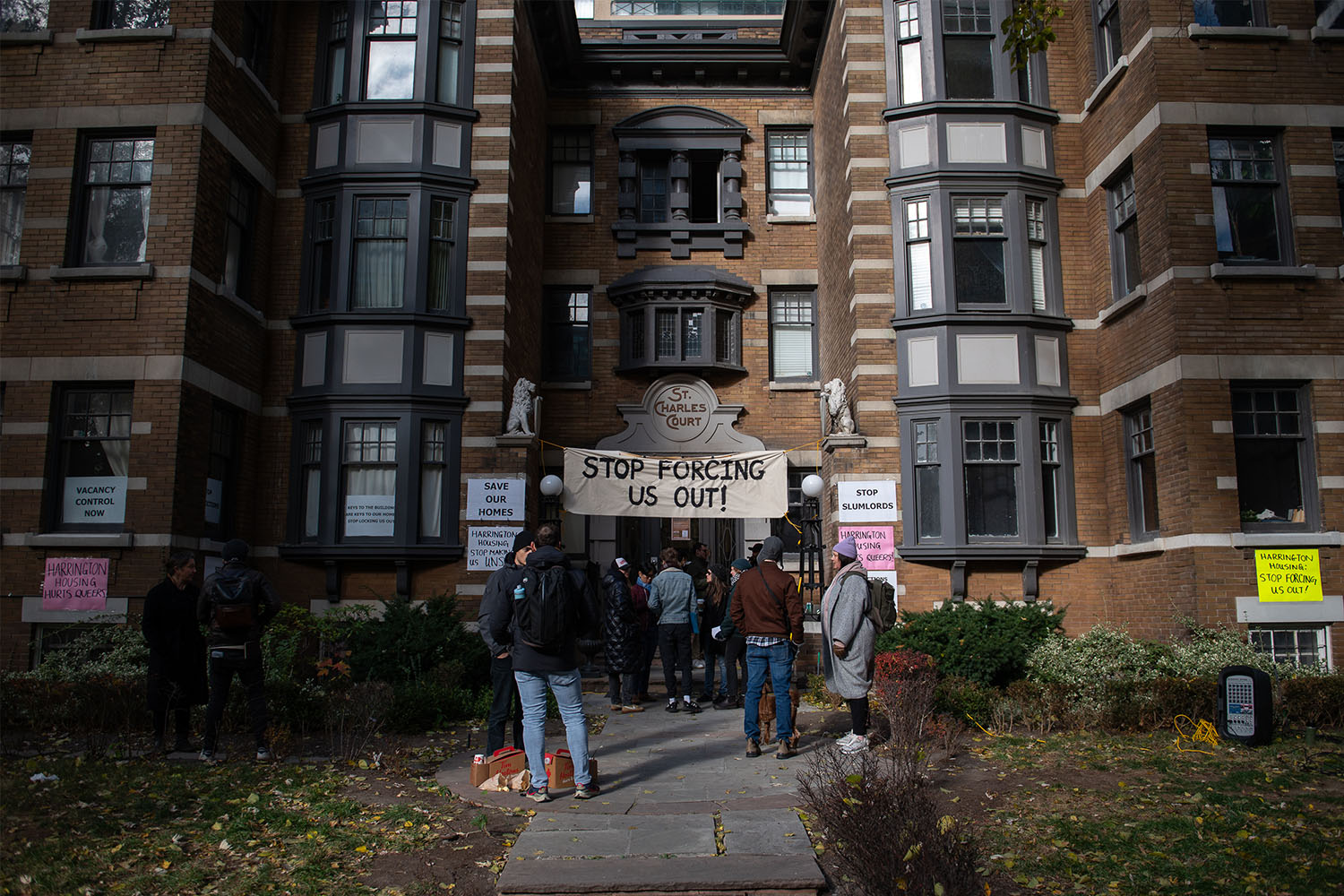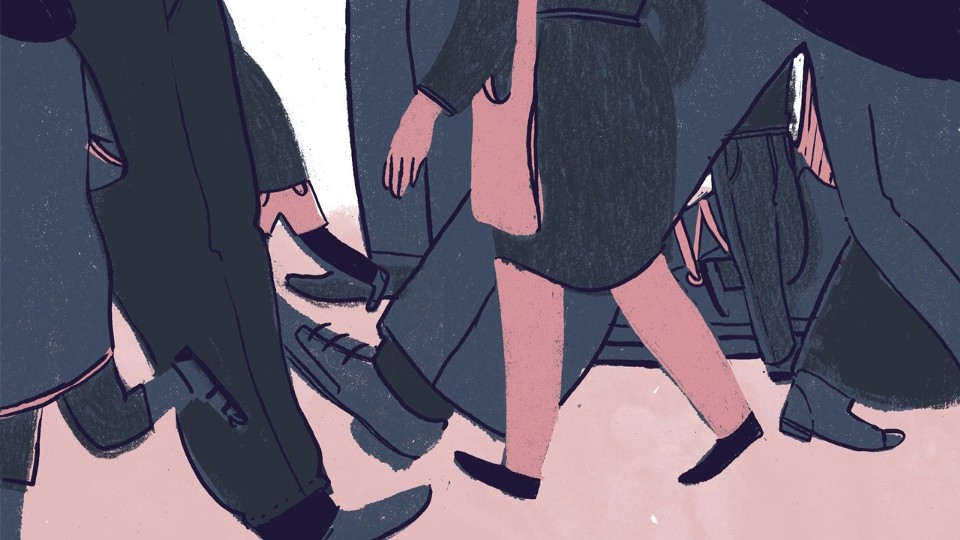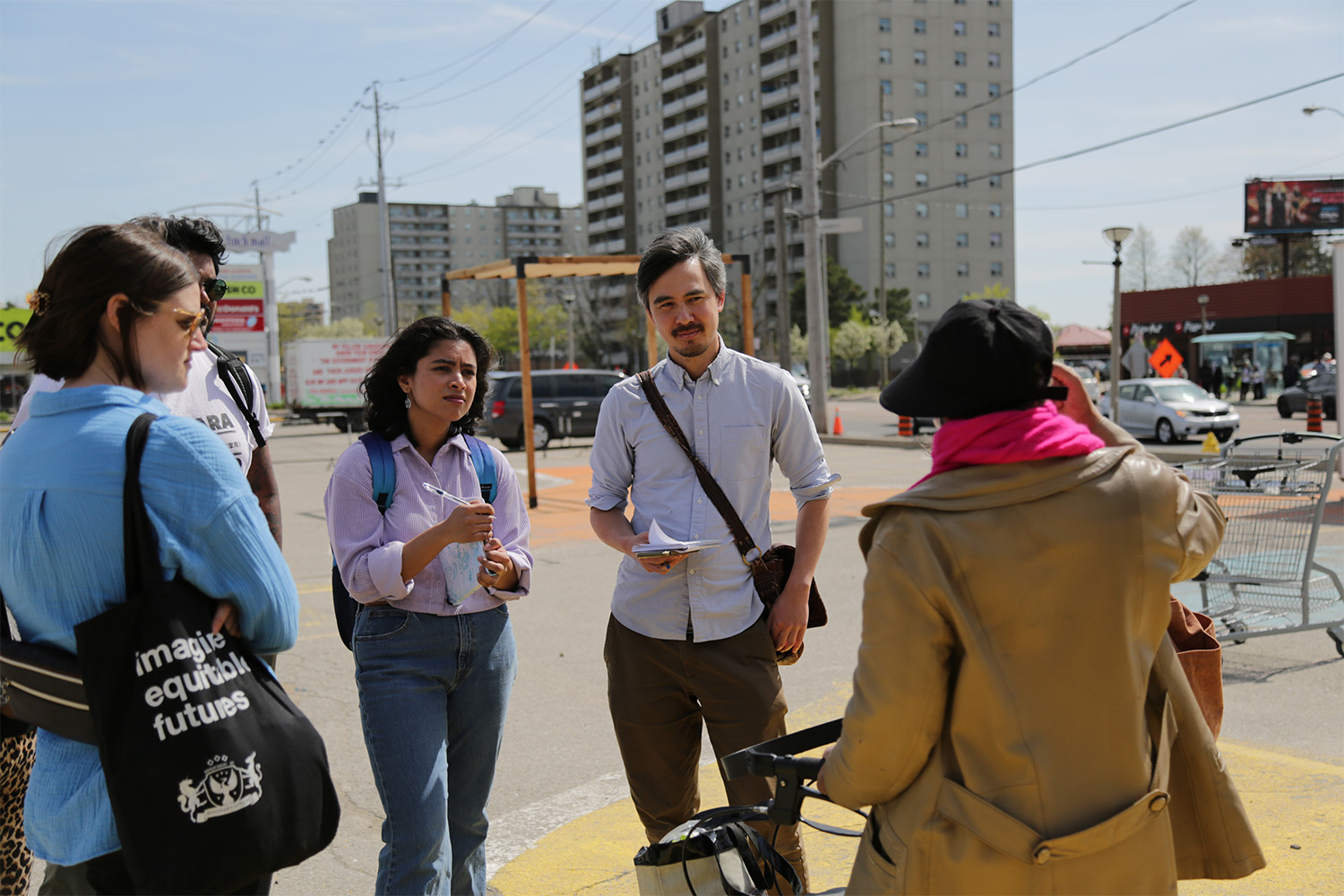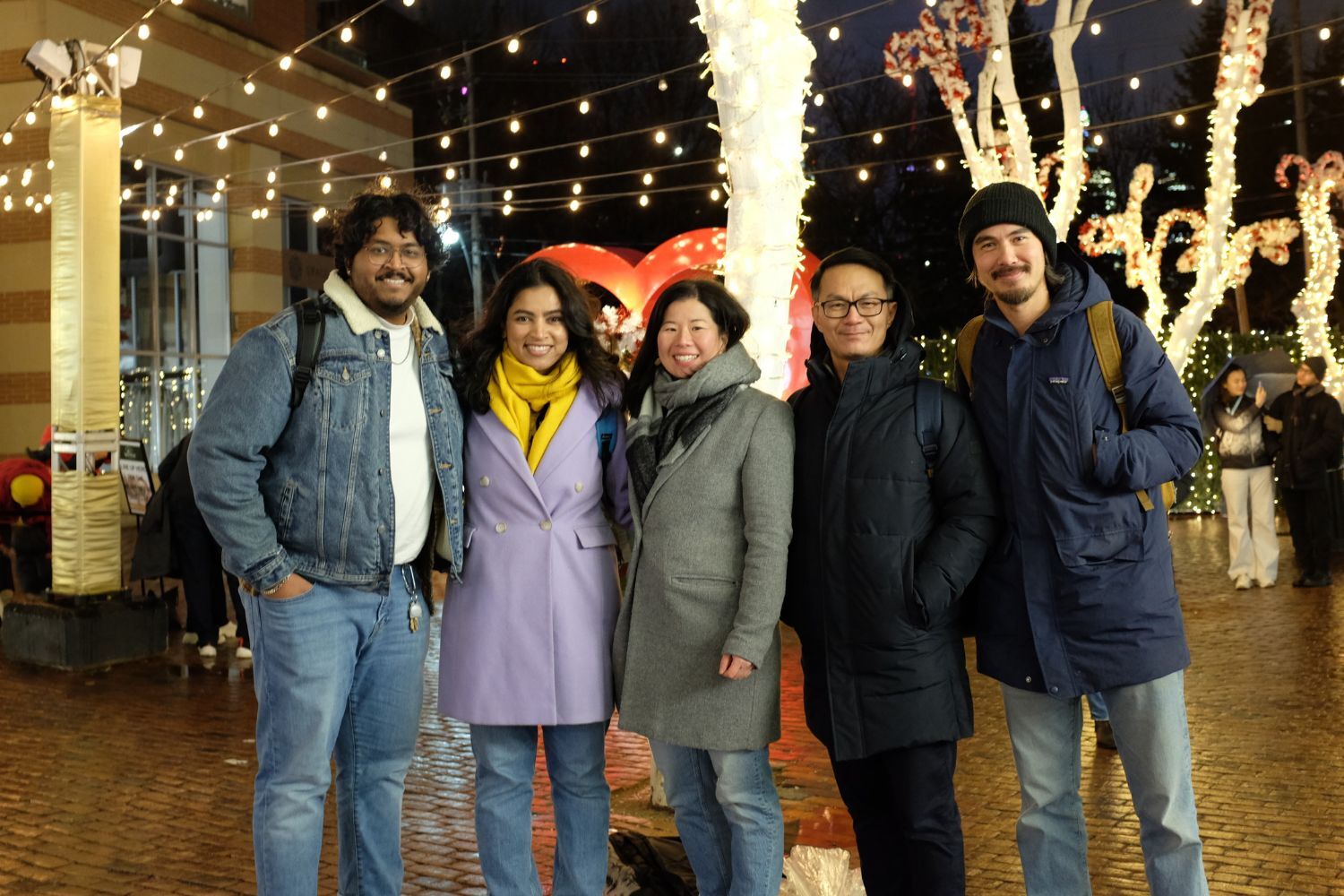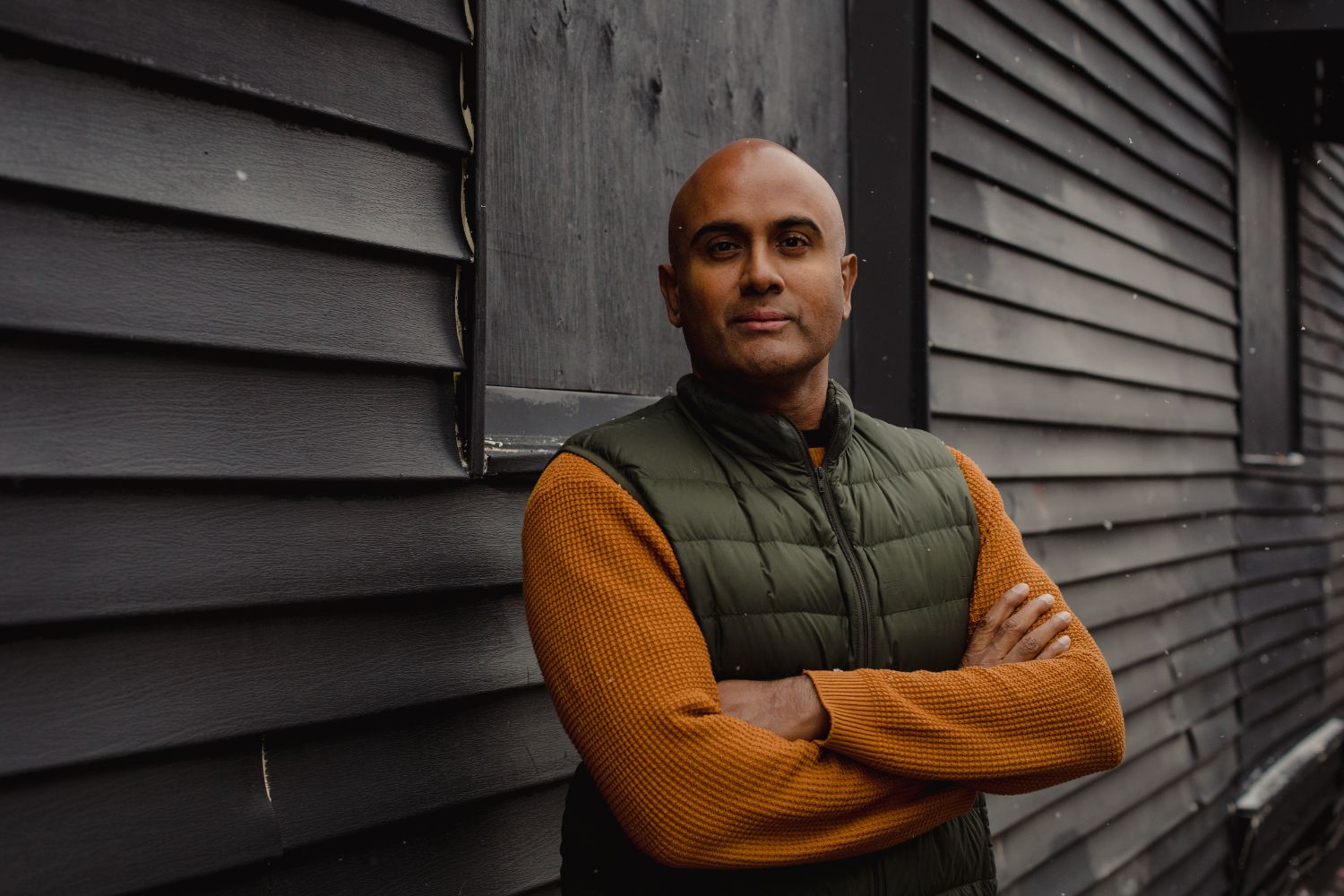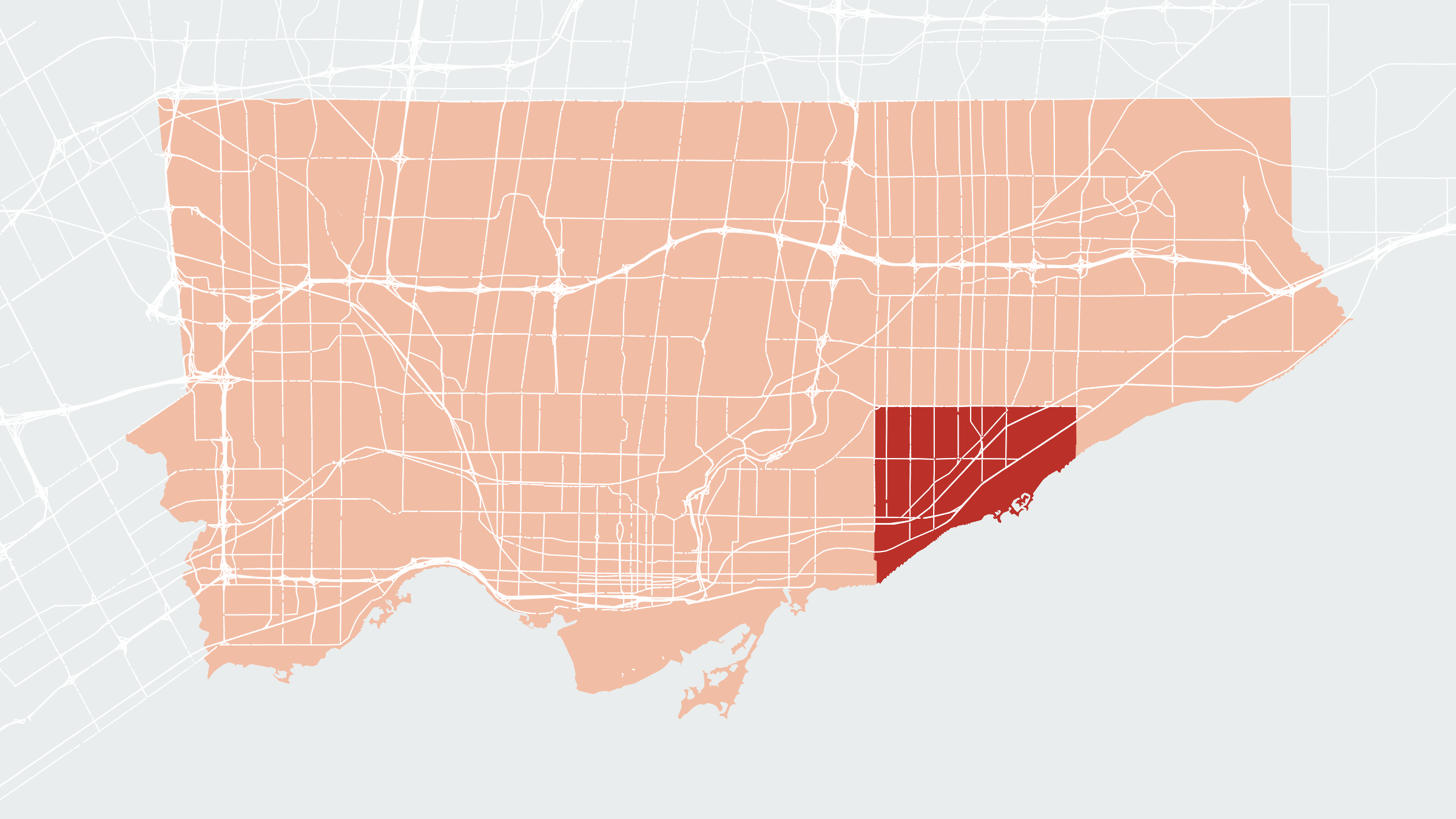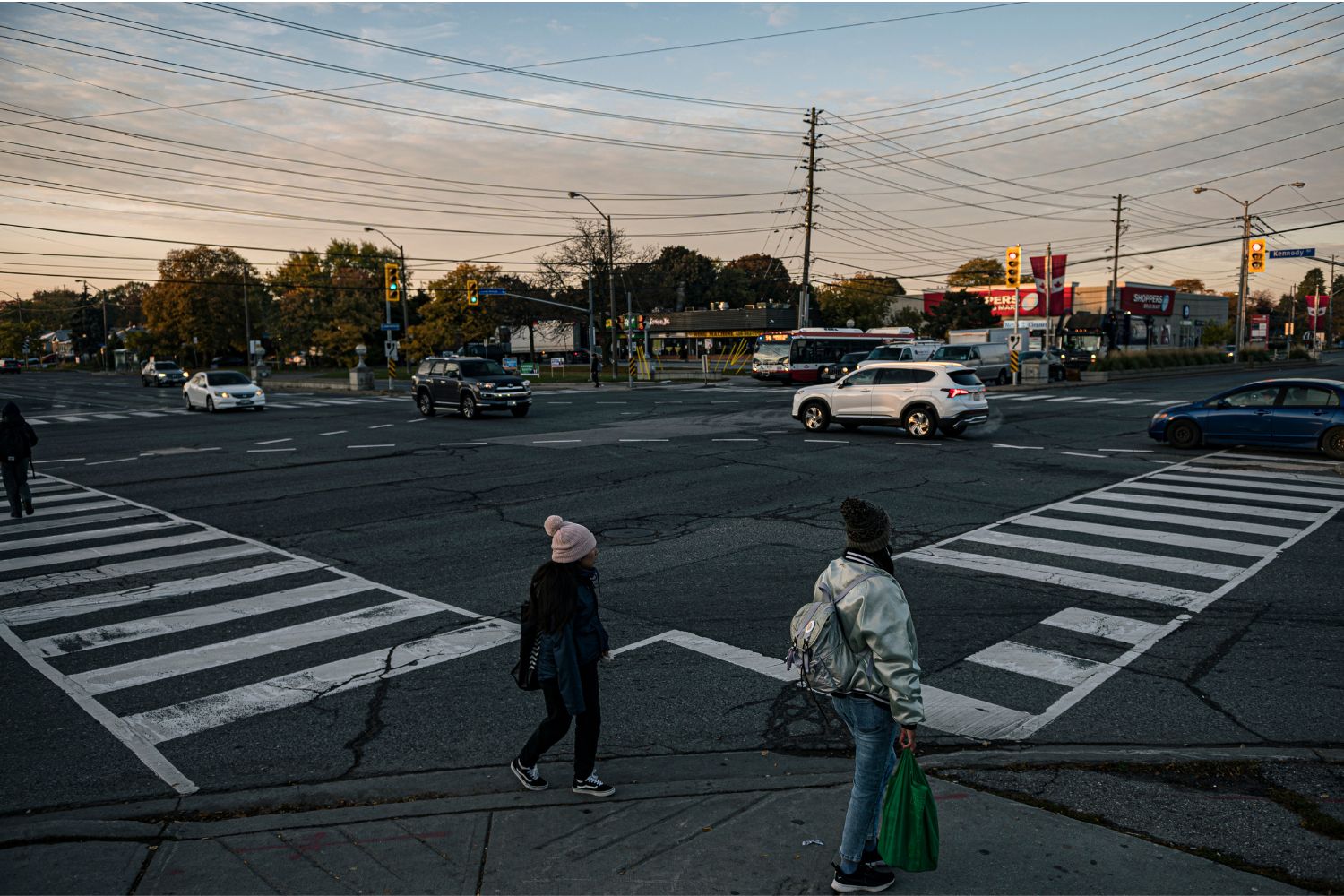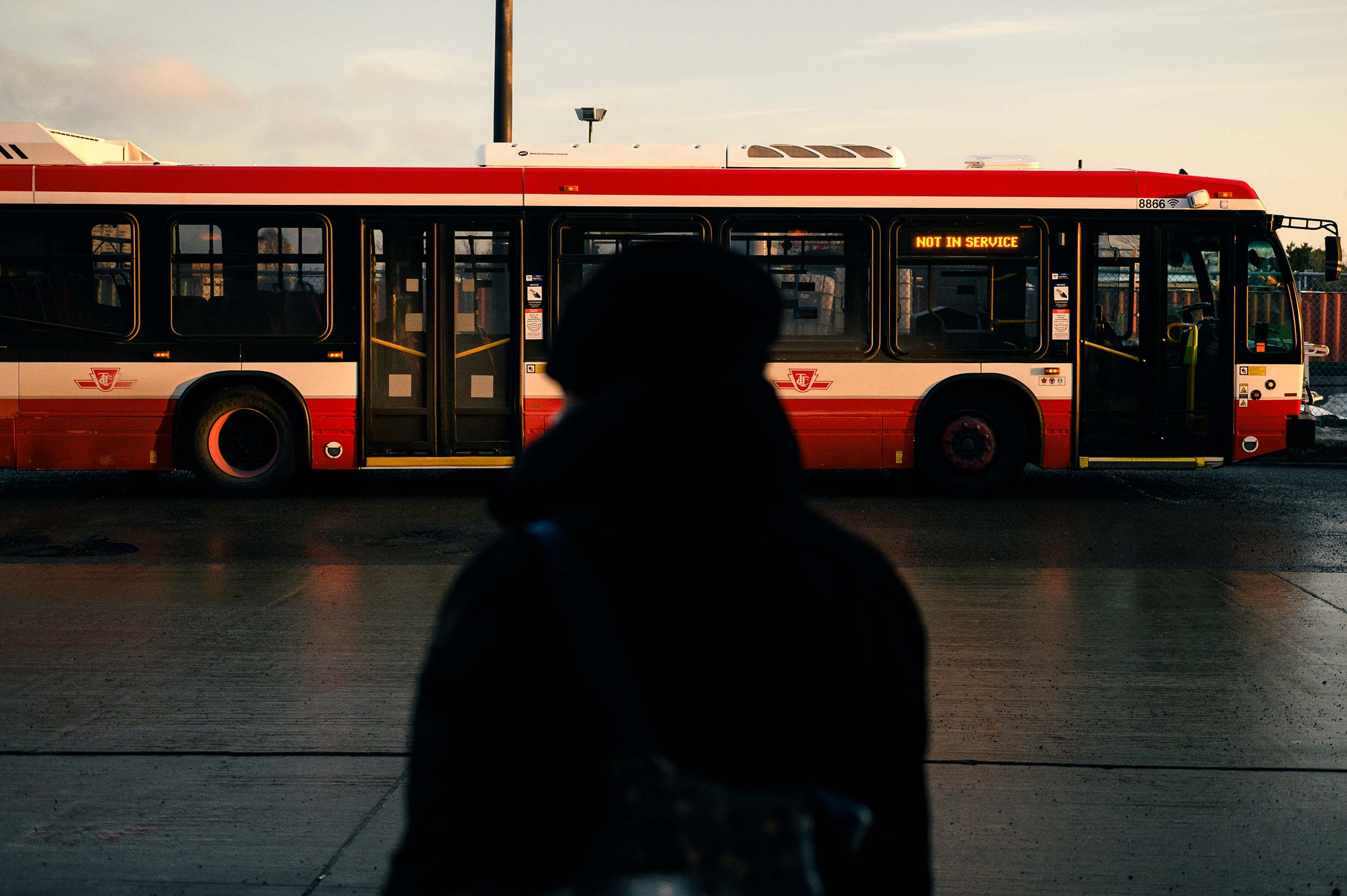
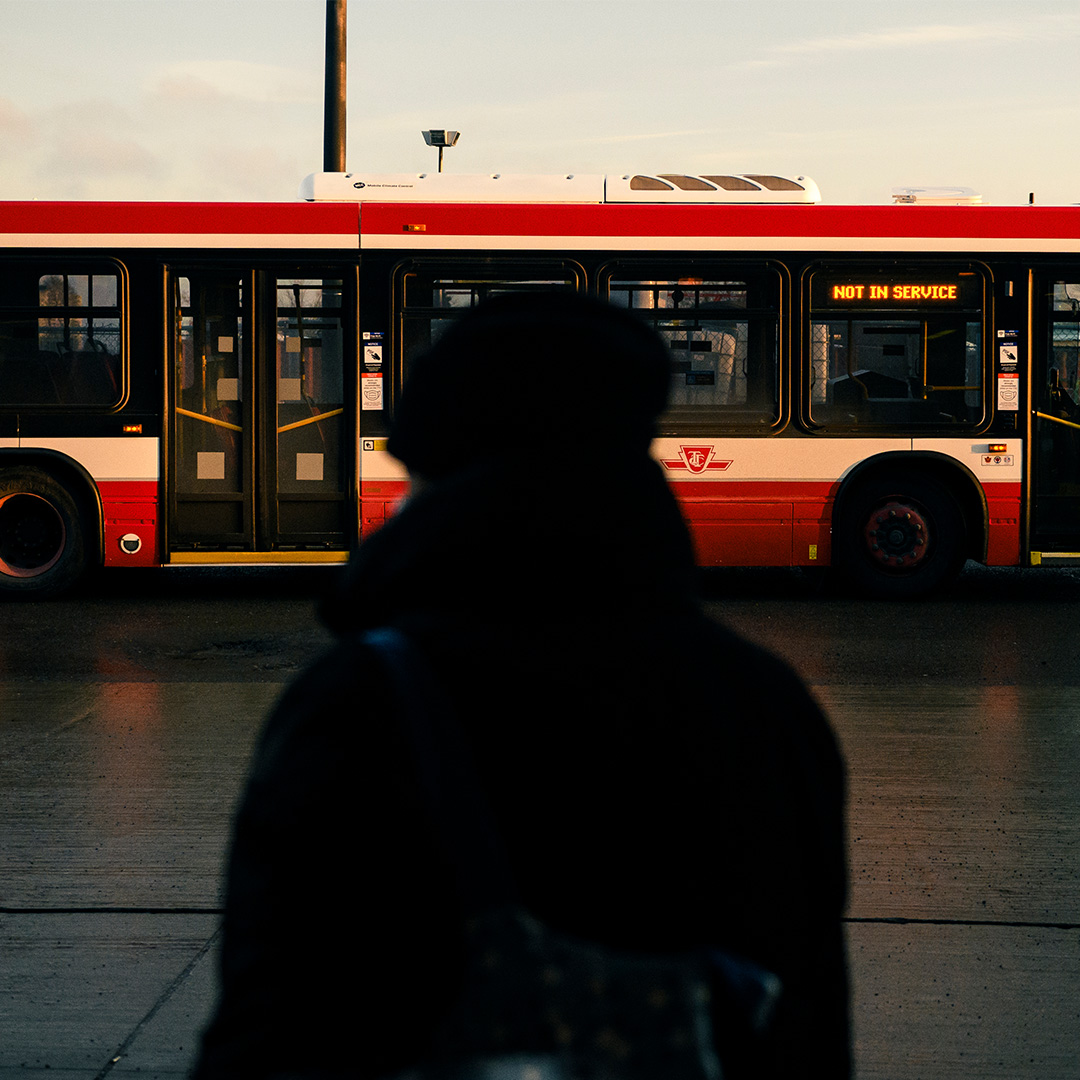
Nithursan Elamuhilan’s daily commute begins at his family home in Highland Creek, at the easternmost edge of Scarborough. He starts on the 905 Eglinton East Express bus and takes it to Kennedy Station, before hopping on an westbound Line 2 subway towards the downtown offices of the Ministry of Labour, where he works as a data analyst.
On a good day, the trip takes him about an hour and a half. On a bad day—when Line 2 is shut down, or when Elamuhilan misses a connection—it’s more like two hours. Thanks to the TTC’s latest service adjustments, Elamuhilan’s daily commute will soon be even slower. Starting March 26, riders on 35 different routes will need to wait longer thanks to TTC service cuts in Toronto’s latest city budget.
Those service cuts are not evenly distributed. Ten of the 13 most drastic schedule changes are on Scarborough routes, where some of Toronto’s worst transit overcrowding already occurs. One of the routes facing cuts is the 905 Eglinton East Express that Elamuhilan relies on, which will see wait times increase from nine minutes to 16 minutes during both morning and afternoon rush hour on weekdays.
“It’s extremely disappointing,” says Elamuhilan. Now he’ll need to plan out his travel schedule, rather than simply wait a few minutes for the next bus to show up. And as all Toronto transit riders know, the more complex the trip, the more likely a single delay can throw it off.
The 905 Eglinton East Express is a linchpin of Scarborough’s network. In fact, the City of Toronto considered it so critical that they recently invested $4 million into dedicated bus lanes for 8.5 kilometres along Eglinton Avenue, Kingston Road, and Morningside Avenue. “The bus routes on Eglinton Avenue East are among the TTC’s most heavily used and, during the COVID-19 pandemic, continue to play a significant role in moving people more efficiently around Toronto,” the city explained on a webpage justifying the RapidTO project.
The other affected Scarborough-serving bus routes include the 9 Bellamy on some weekend times and the 133 Neilson on late evenings throughout the week and on Sundays. Both will see delays of six minutes each. And while that may not seem like a lot of time to wait for a bus, overcrowding and already-frequent service delays means the average Scarborough bus rider on these routes may wait even longer.
Data gathered by The Local shows that a majority of the routes facing cuts to service have already been experiencing high rates of delay for the last decade, averaging twice as many delays as the system overall. Even excluding uncontrollable events like weather and collisions, or minor delays of under five minutes, the 37 Islington—slated for a six-minute increase in wait times—faces delays 3.4 times the average route. The 113 Nielson experiences delays at more than 2.5 times the rate of other routes. For the 9 Bellamy, it’s around 1.4 times, and 1.3 times for the 905.
For the people who depend on transit in Scarborough, the added service reductions mean longer waits and more crowded vehicles. While waiting for a bus at Kennedy Station on a chilly Wednesday afternoon, Manju George, a regular Scarborough bus rider, says the buses she takes, including the 905, are often delayed for far longer than their schedules suggest. “Some days, it’s 27 minutes late, 30 minutes late,” she says. And it’s not just the 905. All the other buses sitting at Kennedy Station are prone to running behind.
Dan Weaver, a physics professor at the University of Toronto’s Scarborough Campus and another 905 rider, says that even with their own dedicated bus lanes, buses get bunched up and all arrive at once, meaning there are long gaps in service. When a 905 bus does arrive, it fills up fast.
“There are certainly times when I’m waiting at UTSC, it’s been a 15-minute wait or more, and I choose not to get on it because I don’t want to stand in that intensely packed bus for 30 minutes,” Weaver says.
Weaver says the city already knows just how packed the 905 is—it studied the route in preparation for the long-delayed Eglinton East LRT line meant to serve the area. There are a multitude of neighbourhoods along the route that depend on the 905, not only to head to Kennedy Station or other major transit hubs, but also as a quick, convenient, and affordable local transit option.
In a statement, the TTC told The Local that the service adjustments to its routes are based on ridership and ensuring the service is “equitably matching capacity to demand.” It said it was making morning service improvements on Line 2, as well as 9 Bellamy, 24 Victoria Park, 86 Scarborough, and the 133 Nielson. “As well,” the statement said, “a huge number of routes serving Scarborough remain untouched.”
As for the 905, the TTC said its service cuts would make the service more reliable and predictable. “It’s a modification to running time to reflect real-world operating conditions,” wrote Stuart Green, a TTC senior communications specialist. “That means better adherence to the schedule, and that means more reliable and predictable [service].”
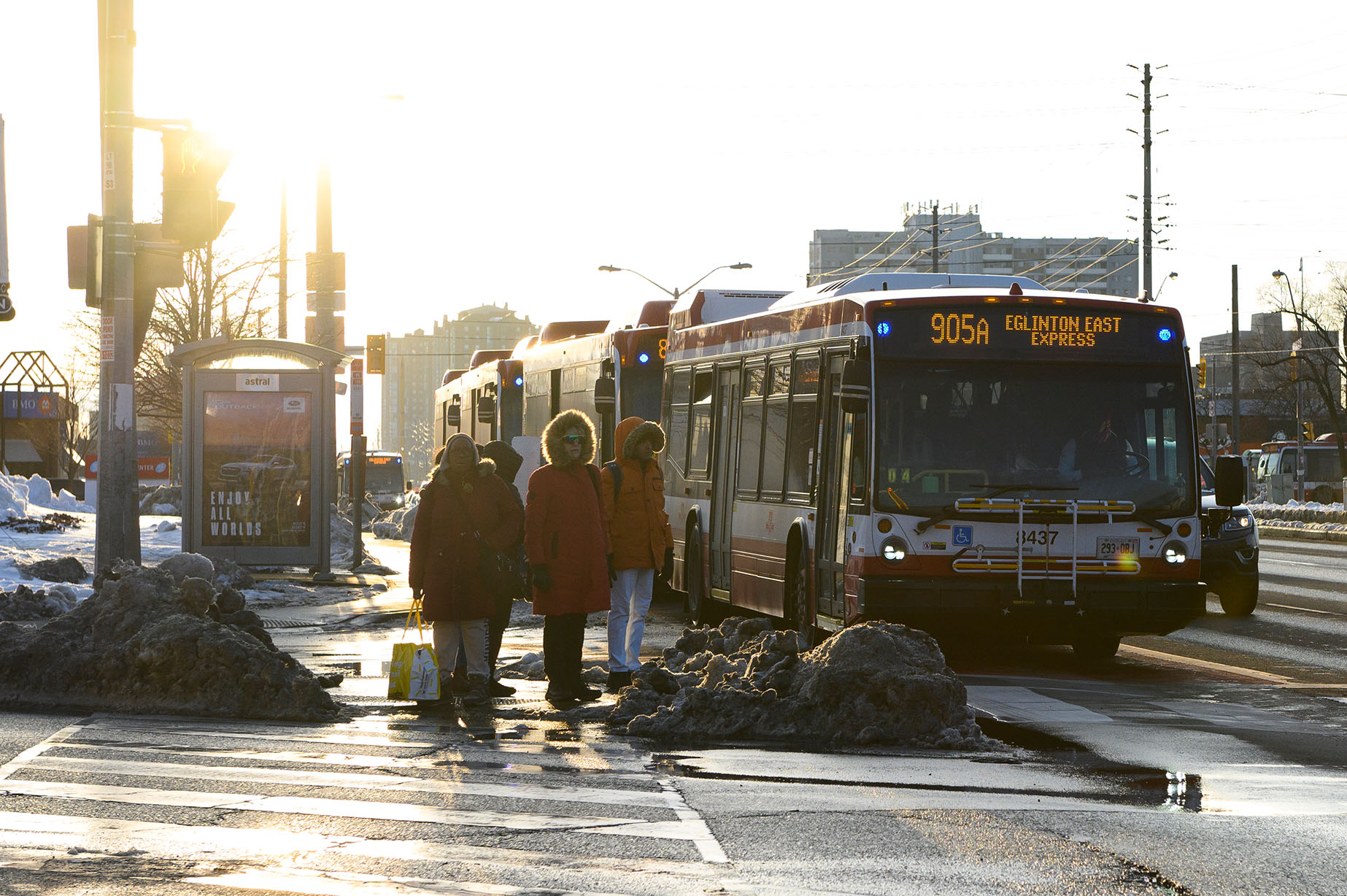
Visit Kennedy Station at rush hour, and the story seems markedly different. On a Wednesday afternoon just after around 4:45 p.m., a 905A Eglinton East Express fills to cattle-car capacity in seconds. The few passengers left on the platform climb onto the 86B, a bus slated for a one minute service delay during afternoon peak time.
For many Scarborough riders, the frequent delays are a pain, but there aren’t always other options. George sometimes has to take an Uber to work rather than show up late. If service declined badly enough, Weaver says, he’d be forced to consider buying a car, a purchase he doesn’t want to make.
Elamuhilan says he’s lucky. If the service is inadequate on the express bus route with the dedicated lane that runs right past his house, he has another option. He can bike to a nearby GO station and, from there, head downtown.
With files from Inori Roy

